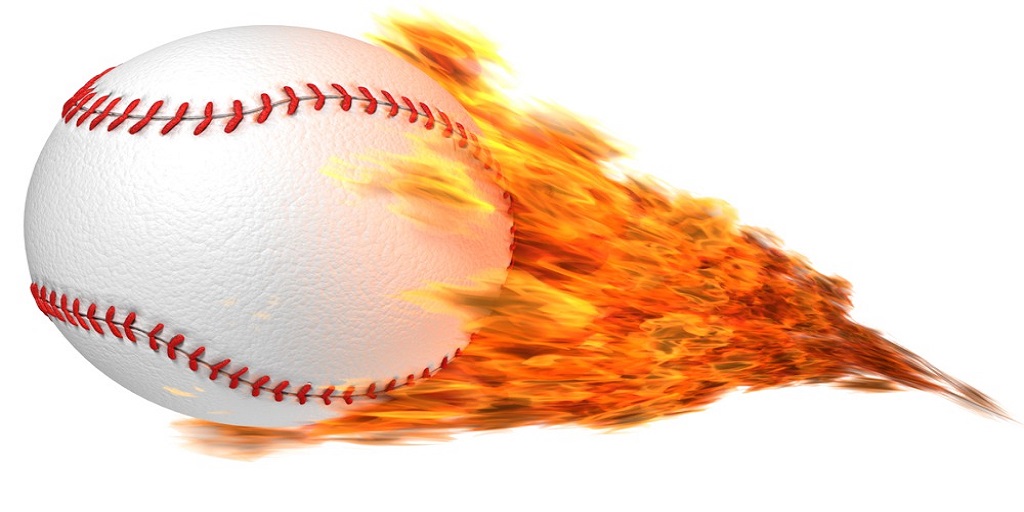Buffalo Business First recently published an article about how 3-D printing has changed the world of patent protection. Vin & Justin Kloss served as guest columnists for the article, so we will break that down into 5 things that 3-D printing means for patent law in the U.S.
- 3-D Printing Changes Everything
The introduction of the 3-D printer allows anyone with the equipment and a digital blueprint or scan to create a physical, 3 dimensional model of an object. What does this have to do with patents? Well, much like the surge in digital music sharing, it allows someone to have their own “mini-manufacturing floor” to be able to create an exact replica of a patented object. This results in the potential of millions of dollars in royalties to be lost.
- Who Owns the Rights?
When a digital blueprint is created to duplicate an existing product, that blueprint is NOT patentable subject matter. That blueprint is not the actual object, or product, so possessing it, creating it, or selling it would not be an infringement of the actual product.
- What Rights are Granted to a Patent Holder?
A patent gives the inventor a right to stop others from selling, using or manufacturing an invention. The object itself is the patentable material, not the idea from which it has arisen. When a patent-protected product is manufactured, sold, or used, the patent holder could attempt to halt their production. The thing with 3-D printing is, unless that person copying and recreating is producing and distributing a large amount, you might never know.
See the Full Article from Buffalo Business First
- Is it Worth the Lawsuit?
Just because 3-D printers are capable of recreating your patented product using a digital blueprint doesn’t mean they can out-produce you. There are limitations in terms of mass production. It may be cost-prohibitive to pursue a “one off” infringer, given that actual damages are too small to justify the expense of a lawsuit.
- This is But the First Chapter in the 3-D Printing Saga
Similar to the way the music industry targeted the “inducers” of copyright infringement, the sharing sites, the middleman in this equation would be the websites that allow for dissemination of product designs. U.S. patent law allows for “indirect infringement” claims, also known as “contributory infringement.” The other thing is that with the ability to capture 360 degree images of objects, will the next step make 3-D printing even easier? Could we see Facebook or Twitter become “inducers of infringement” every time someone uploads a 360 degree image that could be used with a 3-D printer?
As you can see, the introduction of the 3-D printer has significantly shifted the manufacturing and creative world. It has and will continue to redefine the way business is conducted. It can help the inventor by allowing them the freedom to create a 3-D model of their concept right in their own home, but it also gives the same right to anyone else who can copycat the digital blueprint or design. For more information on 3-D printing and patent law, or if you have an invention worth patenting, please don’t hesitate to contact Vin LoTempio.








